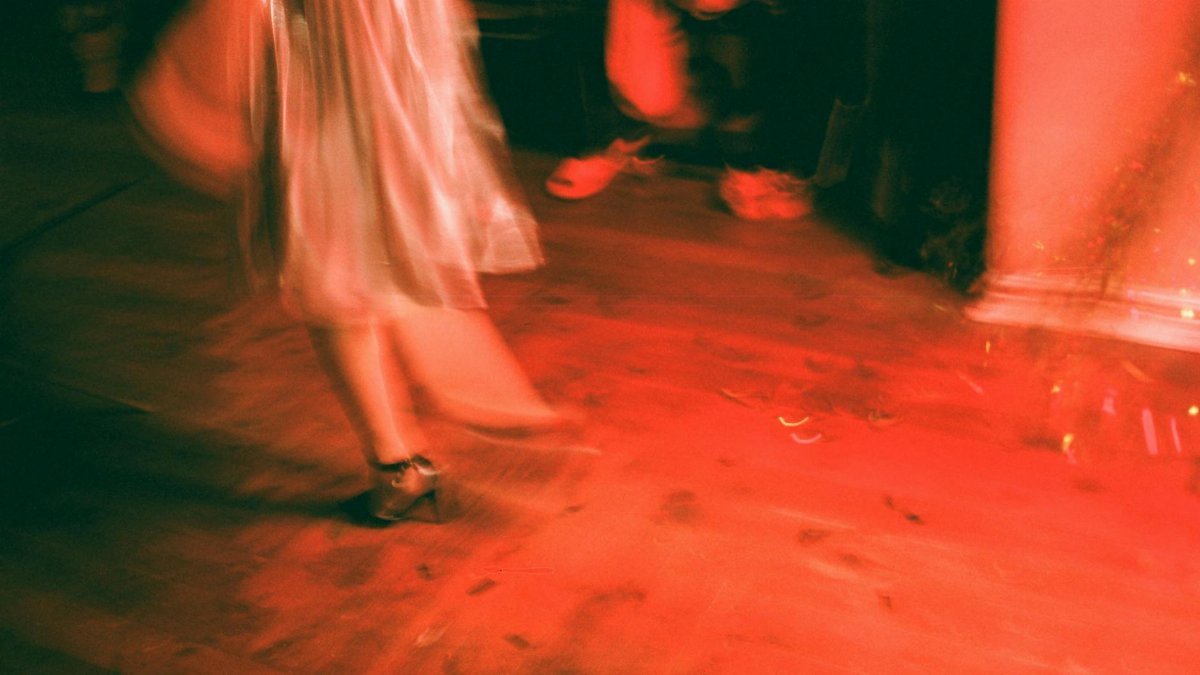Is red light breath really the quick calm-down trick drivers need? This simple technique—extending your exhale until the light turns green—promises a one-breath reset for frazzled commuters. With stress levels spiking on U.S. roads, where the average driver spends over 50 hours in traffic annually, this mental health hack is gaining traction. It’s easy, free, and fits into those idle moments at intersections. But does it work, and how can you make it a habit? Here’s what you need to know about red light breath.
What Is Red Light Breath?

Red light breath is a micro-meditation for drivers. When stopped at a traffic light, you inhale deeply, then exhale slowly until the light changes to green. The goal? Lower your heart rate and ease stress in seconds. It’s rooted in breathwork principles, which studies show can reduce anxiety by activating the parasympathetic nervous system. For anyone juggling hectic commutes, it’s a practical way to reclaim calm without pulling over.
Why It Matters in 2025

With urban congestion worsening—U.S. drivers lost an average of 99 hours to traffic in 2022, per the Texas A&M Transportation Institute—this year’s push for mental health solutions is urgent. Stress behind the wheel contributes to road rage and accidents, with the National Highway Traffic Safety Administration linking aggressive driving to thousands of crashes annually. Red light breath offers a no-cost, no-time tool to dial down tension right where it builds.
How to Do It Right

Next time you’re at a red light, try this: Inhale through your nose for a count of four. Then, exhale through your mouth as slowly as possible, aiming to stretch it until the light flips green. If it changes early, just finish the breath naturally. Keep your eyes on the road—don’t close them. The trick is consistency; even one mindful breath can shift your mood.
Does It Actually Work?

Research backs the calming power of extended exhales. A 2017 study from the University of California, Los Angeles, found slow breathing reduces cortisol levels, a key stress hormone. You can read more about the science at UCLA Health. While red light breath lacks specific studies, its foundation aligns with proven techniques like diaphragmatic breathing, often recommended for anxiety management.
Benefits for Drivers

Beyond stress relief, this practice sharpens focus—a must when navigating busy roads. It’s also discreet; no one in the car next to you will notice. For the 86% of Americans who drive daily, per the U.S. Department of Transportation, weaving small wellness habits into commutes could improve overall mental health. Data on driving stress is available through NHTSA Risky Driving Reports.
Challenges to Watch For

It’s not foolproof. Short lights might cut your exhale, disrupting the rhythm. Distracted or impatient drivers could also struggle to stay mindful. If you’re new to breathwork, it might feel awkward at first. Start with a few tries on quieter roads before relying on it in heavy traffic. The key is patience—don’t force it if you’re not feeling the calm.
Making It a Habit

Turn red light breath into second nature by pairing it with a cue—like adjusting your rearview mirror before starting. Aim to practice at every stop during one commute daily. Over time, your body will associate red lights with a moment of reset. Small, consistent actions build lasting change, especially for mental health on the go.
